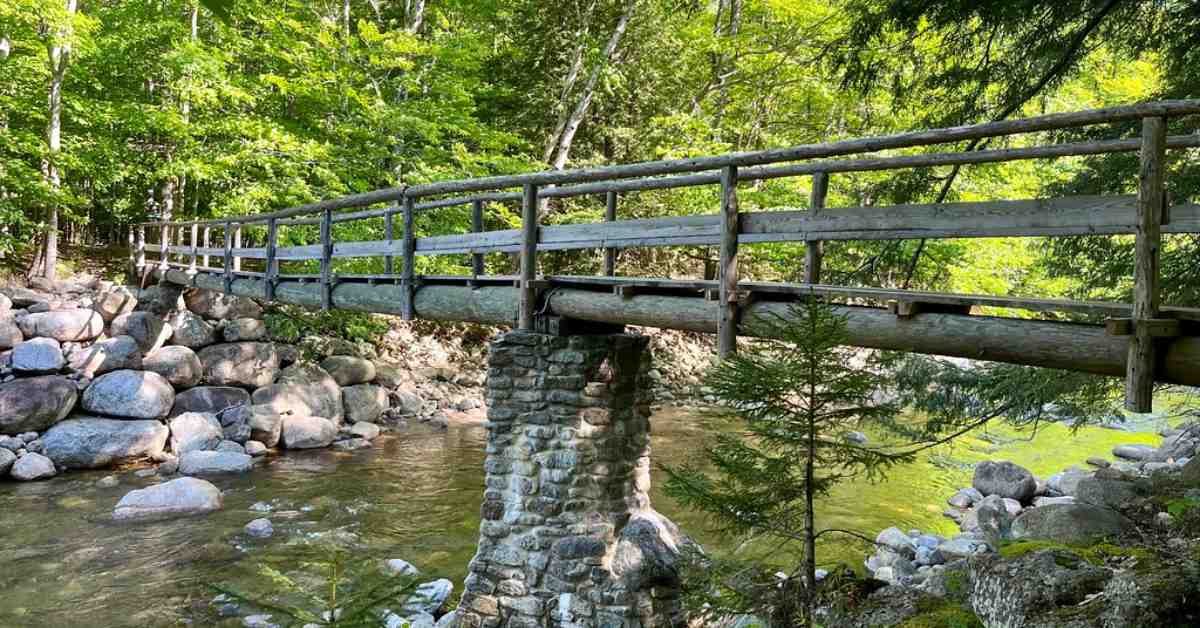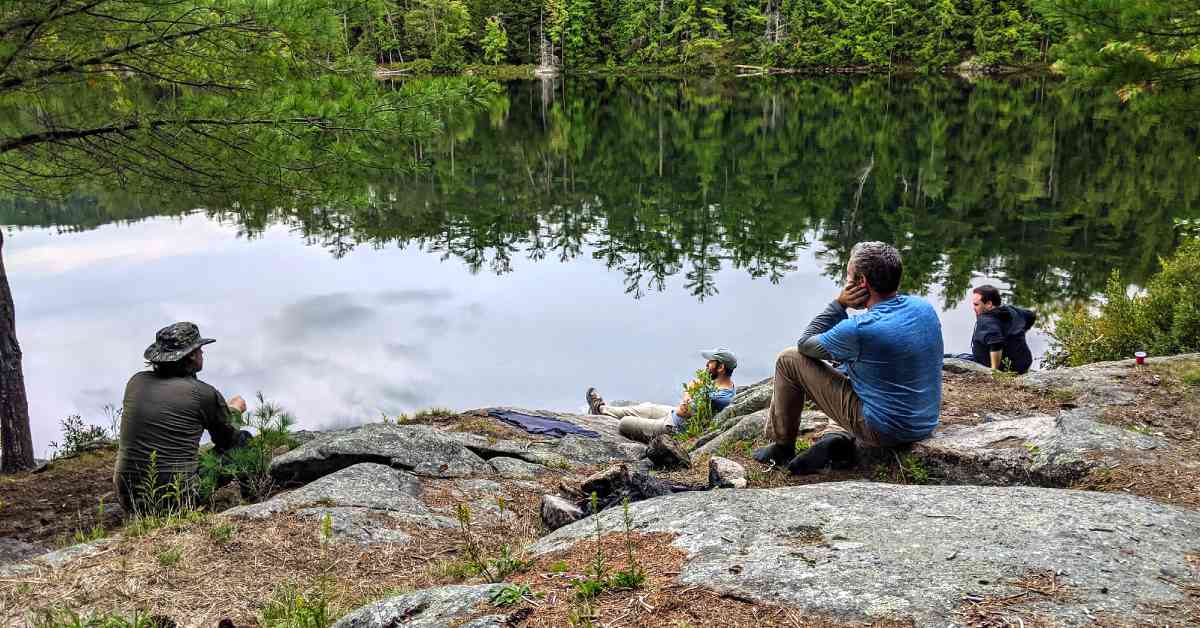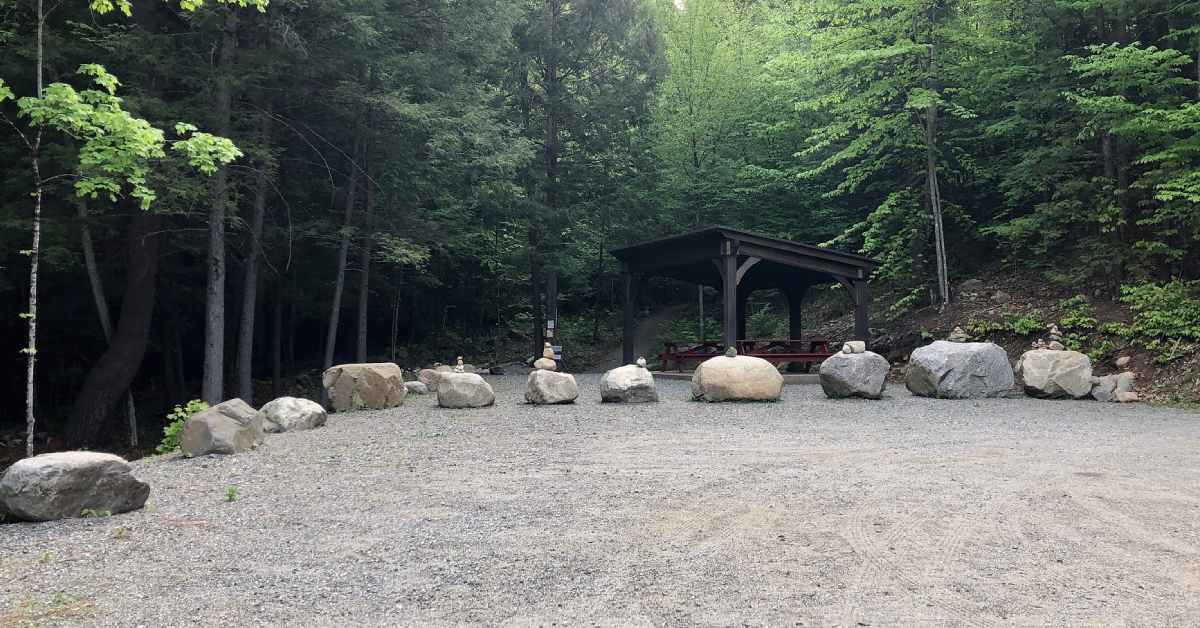Current Adirondack Trail Conditions: What Hikers Can Expect This Season
When preparing for a hike, it's crucial to research the area you're visiting and know what to expect. Check out the current Adirondack trail conditions and other important information that will help ensure a safe and enjoyable experience this season.

Summer Hiking & What to Expect on the Trails
Summer hiking in the Adirondacks often offers warm temperatures, long daylight hours, and vibrant scenery, from lush green forests to sparkling lake views and stunning summits.
Expect hot and humid conditions on some days, so bring plenty of water, wear moisture-wicking clothing, and plan hikes for early morning or late afternoon to avoid peak heat.
Afternoon thunderstorms are common in the summer, especially in the mountains, and can pop up even if they're not in the forecast. Do check the forecast, though, and be aware of any impending rain. Prepare to be off exposed summits before storms roll in.
Black flies and ticks are out so wear proper (light, long, tucked-in) clothing to prevent and detect them, and check for ticks after your hike.
See the National Weather Service for the Northern Adirondacks >>
View the National Weather Service for the Southern Adirondacks >>
Recent Trail Closures, Conditions & Notices to Know About
Here's the latest from the DEC:
- There is a damaged ladder on the north side of Armstrong Mountain in the High Peaks, coming from Upper Wolf Jaw. The DEC expects to replace this in July.
- As of June 14 the Massawepie Conservation Easement in the Cranberry Lake Wild Forest is closed to public use for the season. During this time, access to the Confirm-Emporium Conservation Easement is still permitted via the Massawepie/Townline Road.
Please report any damage you see to: info.r5@dec.ny.gov
Water Levels & Water Crossings

Water levels are about average for this time of year. Expect levels to rise with new rainfall. Check out the USGS current water data for New York for stream flow of selected waters. PDFs are required through May.
Dress for Function, Not Fashion

Browse Our Suggested Hiking Apparel
Do Your Research Beforehand
Preparing thoroughly before reaching the trailhead ensures you're ready for the challenges ahead.
One of the big things to research is the trail itself. Confirm that the trail you are hiking is suitable for you and is within your skill level. Be realistic when judging your hiking ability to avoid a dangerous situation.
Researching the current trail conditions is another wise thing to do. Apps like “AllTrails” can show other hikers' recent experiences on the trail and give insight into its current state.
Part of your preparation should include understanding the rules and regulations specific to the trail you plan to hike. Respecting both the land and fellow hikers is essential for everyone's safety.
Trailhead Parking

Trailhead parking lots will fill up quickly on lovely days, and many hikers will arrive early in the morning. Be mindful of this, and always have backup trails in mind!
From May 1 through October 31, reservations are required to access the parking lot, trailheads, and trails on the Adirondack Mountain Reserve (AMR). AMR is a privately owned 7,000-acre property in the Adirondack High Peaks region, and a popular place for summer hiking.
Note, this AMR parking situation had been a pilot program, but it is now permanent.
Pack the Proper Gear

Half of the battle when hiking is having everything you need. The DEC recommends 10 essential items:
- Navigation
- Insulation/Rain Gear
- Light
- First Aid Supplies
- Emergency Kit
- Fire
- Nutrition
- Water
- Sun and Insect Protection
- Emergency Shelter
In the summer heat, you can never have enough water and nutrition. Hikers should also bring multiple forms of navigation, including a map, compass, GPS, or other device, to use on top of the trail markers.
Sunrise/Sunset

Remember to look at a site like Weather.com to see when sunrise and sunset will be in your location. You don't want to be caught out past dark without a headlamp.
As of June 26, sunrise is at 5:14am and sunset at 8:42pm.
Bears & Bear Canisters

Bear canisters are required for overnight users in the Eastern High Peaks between April 1 and November 30. They are encouraged throughout the Adirondack backcountry.
All food, food garbage, toiletries, and other items with a scent should be stores in the bear canister. The canister should be stored a minimum of 100 feet from tents, lean-tos, and cooking sites, and kept closed when not in use.
No Overnight Camping at Trailheads

Just a reminder, there is no overnight camping at trailheads or at other roadside locations where a camping disc is not present. This includes car/van/RV camping.
Campers should seek out designated roadside campsites marked with a "camp here" disc or a campground.
When camping, always carry out what you carry in and dispose of trash properly. Use designated bathroom facilities, pack out human and pet waste, or dig a cat hole.
Mount Colden Trapdike Reminder
The trapdike is considered a technical climb. It's not a hike. Climbers who take this on need to be prepared with helmets, ropes, and climbing gear to ascend the route.
Hikers looking to summit Mount Colden should do so via the hiking routes. Attempting to climb the trapdike unprepared can result in a rescue operation, serious injury, or death.
Report Backcountry Emergencies to This Number
Report emergencies like lost or injured hikers and wildland fires to the DEC Ray Brook Dispatch at 518.891.0235.
Follow This DEC Account
Hikers and other outdoor enthusiasts can follow @NYSDECAlerts on Twitter (X) for real-time updates to help you better prepare for your outing. This account provides updates for DEC-managed lands throughout the state, including the Adirondacks.
For weekly trail updates, visit the DEC website >>
Make sure you Leave No Trace on the trails >>
<< Back to the Adirondack Hiking Guide
Amazon Affiliate Disclosure: Our team independently recommends products on Amazon.com, and we earn from qualifying purchases.
